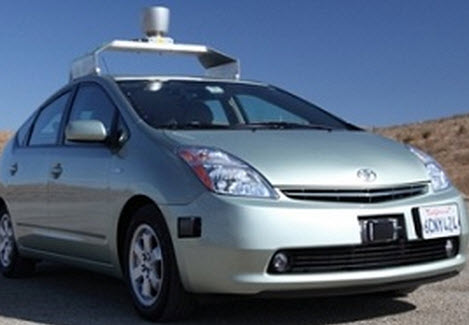Robot cars get ready to roll
May 7, 2012 | Source: BBC Future
You may soon be sharing the road with intelligent, self-driving cars that promise to save time, fuel, cut traffic jams and prevent accidents.
In the US, laws are already being debated, and approved, to allow the vehicles to drive themselves on regular roads. In the US state of Nevada, for example, the government has begun to draft a set of regulations that will allow these vehicles on its roads. One of the proposals is for robotic cars to be identified by red license plates.
Manufacturers such as Ford have announced that autonomous vehicles are the future. Bill Ford, executive chairman of the Ford Motor Company, recently said that the company sees “the introduction of semi-autonomous driving technology, including driver-initiated ‘auto pilot’ capabilities, and vehicle platooning in limited situations” as early as 2017.
In the longer term, from 2025 onwards he believes we will see the “arrival of smart vehicles capable of fully autonomous navigation, with increased ‘auto pilot’ operating duration, plus the arrival of autonomous valet functions, delivering effortless vehicle parking and storage.”
To get a sense of how far the tech has already evolved, you only need to watch a video (below). It starts in a relatively innocuous way: a middle-aged man walks out of a house, and towards the driver’s side of a blue car. He gets in and then confidently pulls out into the street. And that is when things start to get unusual. The man is Steve Mahan, and he is blind. “Ninety-five percent of my vision is gone. I’m well past legally blind,” he explains.
Already, autonomous features – such as adaptive cruise control, self-parking and hazard awareness cameras – are becoming increasingly common features on cars. The next step may be semi-autonomous technology, such as that developed by a European project called Satre (Safe Road Trains for the Environment).
This project aims to design and build technology that allows vehicles to fall into semi-autonomous “platoons”, when travelling on highways, for example. The idea of this kind of project is to pack more cars onto limited road space, reduce congestion and use less fuel.
